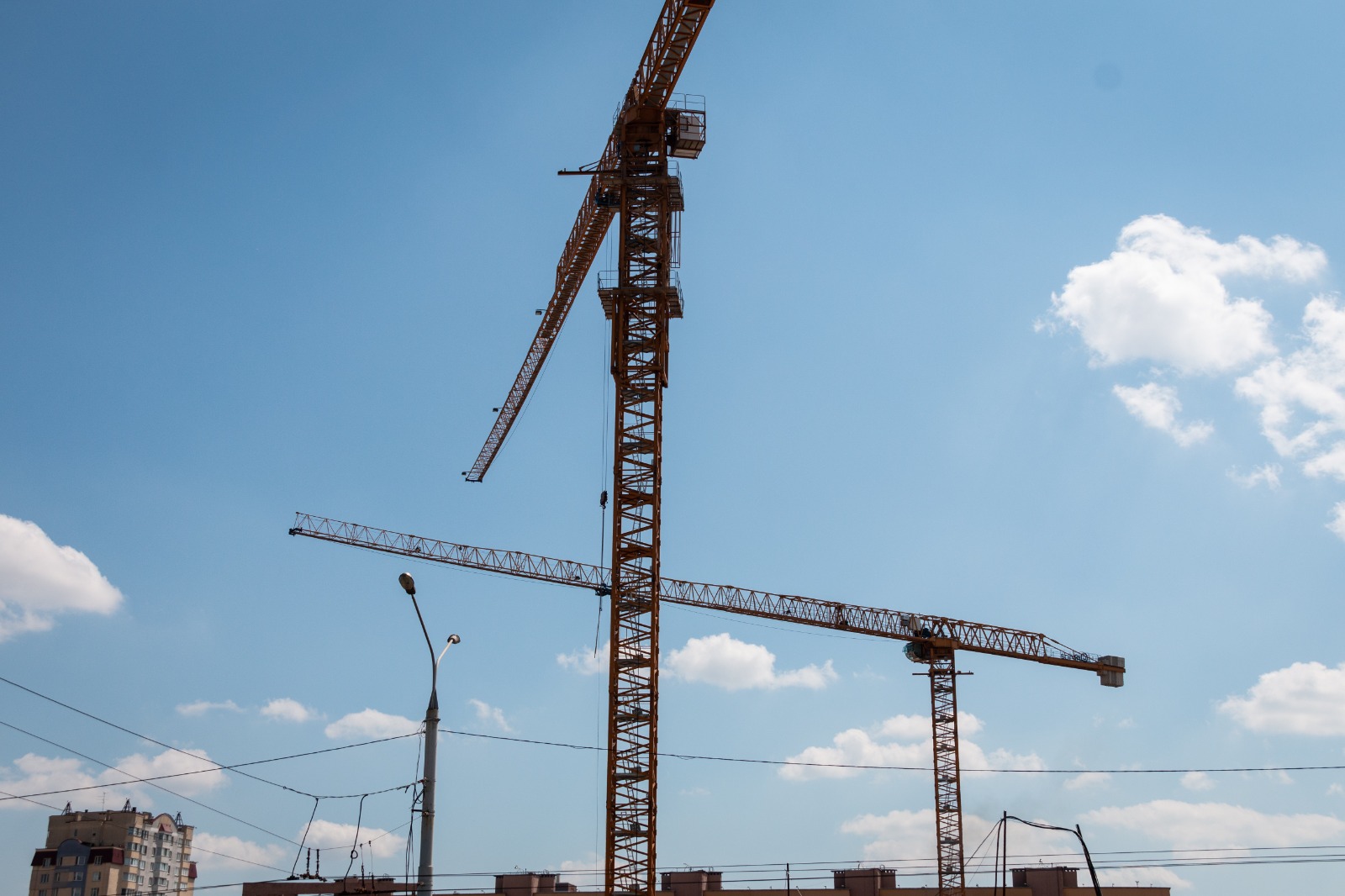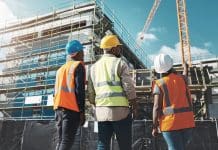On its major A303 upgrade in Somerset, National Highways is working with local communities to reduce the impact of the project and look for ways to add social value. However, in this case, community-based opposition has proved unavoidable. With more large-scale infrastructure programmes taking this approach, could more be done to promote the benefits of community engagement?
Community engagement has long been regarded as an important element of project delivery, especially when the planned works are perceived as being disruptive and the benefits to the local area are not immediately obvious. By engaging with local communities and exploring ways to add both social and economic value, project teams can build trust and rapport, which will aid the safe and efficient delivery of the project.
Engaging with local communities
Some projects are more prone to community-led disruption than others. For example, mega projects are more likely to be controversial locally if they have a significant or long-term impact on residents, businesses and the natural environment. Even in less densely populated areas of the country, if the benefits of a project are not understood by local residents, opposition can escalate quickly and disrupt the schedule of works.
In recent years, the incidence and scale of disruption affecting large-scale infrastructure programmes has reduced, largely due to an increased focus on community engagement and social value delivery from the outset.
Despite this, there are still examples of significant community-led disruption, which project teams need to learn from. For example, as a primary route into and out of the West Country, works on the A303 were bound to attract some local opposition, particularly as the works are not expected to complete until 2024. The nature of the plans and their proximity to Stonehenge, a UNESCO World Heritage Site, has attracted wider public interest and plans to create a road tunnel in the area have recently been blocked by a series of court rulings.
To avoid this type of disruption, project teams and the companies set up to drive infrastructure programmes should aim to prepare the way by ensuring they understand the nature of any potential disruption and when it is most likely to arise. This can only really be achieved by listening to the concerns of local residents and businesses, and considering them at an early stage in the process, when producing designs and a plan of works. For example, the local community may be concerned about noise levels or increased traffic movements to and from the site. In other instances, plans to create a new building or structure could attract opposition if there are pre-existing plans for a new housing development nearby.
Once risks have been ranked and prioritised, and key stakeholders within the community have been identified, a plan for community engagement can be developed. The strategies that are typically employed when engaging with local stakeholders include on-site events and workshops to share information and gather feedback, and a dedicated website, where updates can be posted regularly. As well as keeping the local community informed about progress, two-way communication will ensure the project team stays in touch with local sentiment and can respond appropriately.
Understanding the benefits of the project
Another key strategy for project teams seeking to mitigate the risk of community-led disruption is to ensure that local stakeholders understand the benefits of the project and the social value it will create. Greater focus on measuring social and economic value, along with guidance provided from bodies such as the Social Value Portal, have enabled businesses and project teams to quantify the benefits they will bring to a local area in terms of job creation and training opportunities, along with contractor volunteering and community funding initiatives.
While the number of local jobs created or apprenticeships offered are most likely to grab the headlines, more localised initiatives can sometimes to be more effective when it comes to securing the trust and goodwill of the local community. For example, on the Trans Pennine Route Upgrade Programme (TRU), the East of Leeds Alliance engaged in local improvement projects at Micklefield Community Wildflower Meadow and Strawberry Fields Nature Restoration Project, at Garforth Primary School, near Leeds. Various members of the project team volunteered to help deliver the works. The project team also supported various STEM-focused collaborations with autistic students at the University of York and a number of local further education colleges, in areas where there is a low uptake into higher education. To support the local economy, the project also provided four placements for local unemployed people, as part of the Government’s Kickstart Jobs Scheme, and other college and university placements were provided.
A useful guide for project teams and contractors when compiling a community engagement plan is the Considerate Constructor’s Scheme (CCS), which aims to improve the image of the construction industry and promote best practice. The CCS consists of five elements – good site management, considering the concerns of local stakeholders, protecting the environment, prioritising safety and providing a supportive and inclusive working environment. Established in the 1990s, this scheme is still widely adhered to and applied on most sites.
Recognising the importance of community engagement, most of the UK’s leading infrastructure programmes have prioritised plans to promote the benefits they can bring both economically and in terms of protecting the environment for future generations. While the risks posed by community-led disruption can’t be eliminated altogether, closer, early-stage involvement can certainly help.
Andrew Cullis
Risk analyst
Mark Alcock
Principal risk manager

















